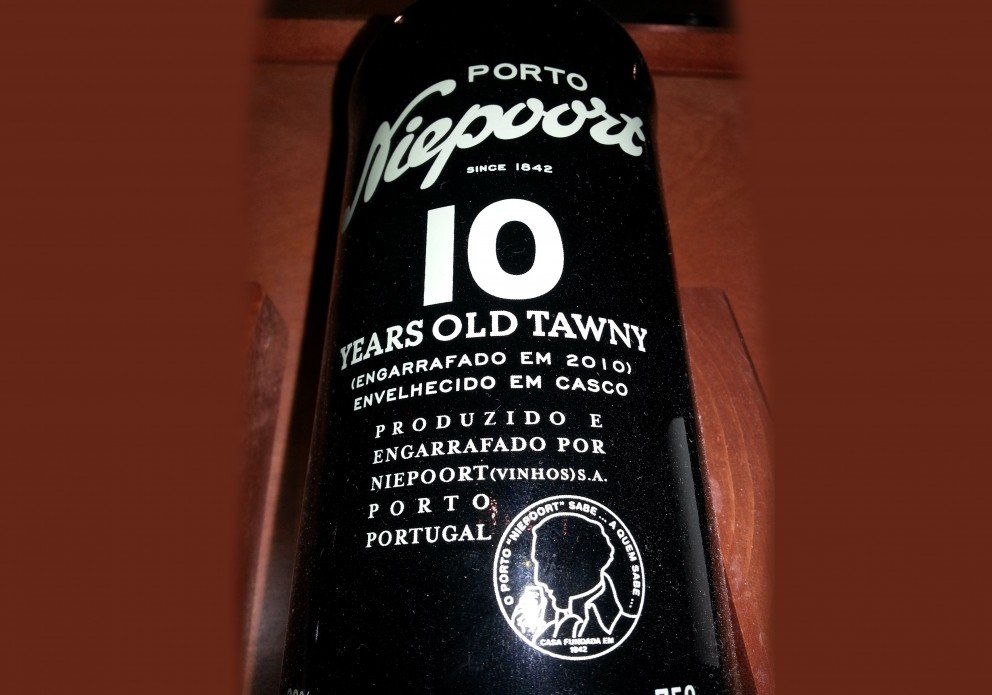I remember the time when our daughter, who was 8 years old at the time, requested a taste of port after a holiday meal. After a small sip, she promptly declared, “Oh mommy, this makes my tummy all warm!” Many since have enjoyed this primal sensation after consuming a port wine, no matter your age.
Otherwise known as Vinho do Porto, port is a Portuguese fortified wine produced exclusively in the Duoro Valley in the northern provinces of Portugal. It’s typically a sweet, red wine, often served as or with dessert. Australia, France, South Africa, Canada, Argentina and the United States also produce notable port wines. However, under European Union Protected Designation of Origin guidelines, only the product from Portugal may be labeled as port. In the United States, wines labeled “port” can come from anywhere in the world.
Port has also been used in the past as a primeval remedy for what ailed you. The British Prime Minister William Pitt the Younger was given port for gout as a boy. A recurring theme in the novels of Anthony Trollope is the preference of respectable elderly ladies for port (which they excuse on the grounds that it is “medicinal”). This is a practice that has continued to modern times.
No matter how you choose your source of fortification, port wines get their warming effect from the addition of a neutral grape spirit known as aguardente (which, incidentally, is the national beverage of Colombia). This stops the fermentation process, leaving residual sugar in the wine, thereby boosting its alcohol content (as much as 19-23%). Holy port! No wonder it’s medicinal! Anyway, the port is then stored and aged in barrels. Not surprisingly, port got its name in the latter half of the 17th century from the seaport city of Porto at the mouth of the Douro River, where much of the product was brought to market or exported.
So, you might ask (and I certainly hope you do…), what’s the difference between a port and a tawny? When a port is described as a tawny without an indication of age, it is a basic blend of wood-aged port that has spent at least two years in barrels. Above this are tawny with an indication of age that represents a blend of several vintages, with the nominal years “in wood” stated on the label. The official categories are 10, 20, 30 and over 40 years. The numbers are a target age profile for the ports, not their actual ages.
Port, like other wines, should be stored in a cool, dark location and served between 59 to 68 degrees Fahrenheit. Tawny ports may be served slightly cooler. It’s crucial not to disturb the sediment before decanting because that would render the port undrinkable for days until the sediment settled again. Now, if you had red-hot port “tongs,” you can perform a clean snap-off (like sabering a champagne bottle) with equal theatrical pageantry. Once opened, port should be consumed within 4-7 days.
So, as you’re shopping for your holiday wine needs, think about ports from Teller Wines’ “Noble & Sticky” section. Five of our customer favorites from our elite selection are the Noval Porto, the Porto Niepoort (10-year), Cockburn’s (pronounced Co-Burns), Yalumba Antique Tawny (21-year), and the Smith Woodhouse (20-year). With flavors such as chocolate, orange peel, caramel, smoke, hazelnut, white pepper, and almonds, they are hard to resist. Now that the weather outside is becoming frightful . . . you’ll know where to turn to make your tummy all warm.
From our family to yours, we wish you a happy and healthy Porto holiday!

































